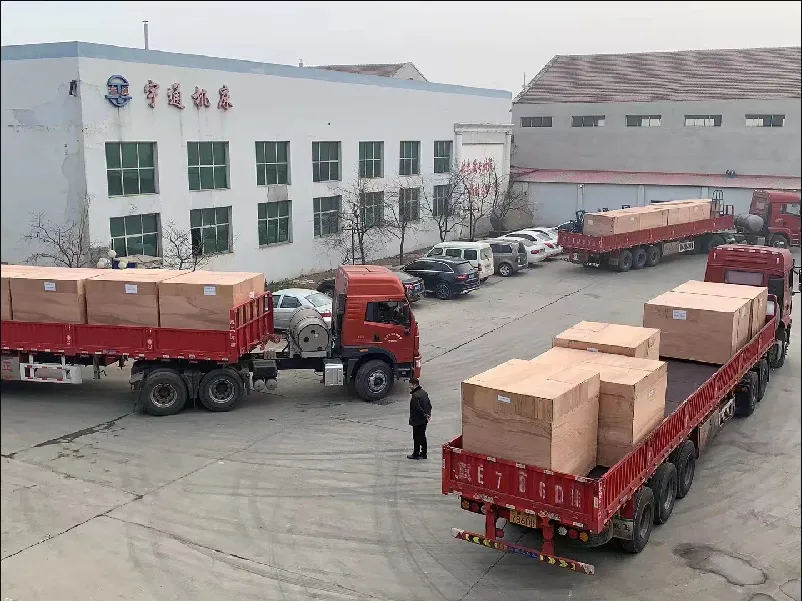
-
 Afrikaans
Afrikaans -
 Albanian
Albanian -
 Amharic
Amharic -
 Arabic
Arabic -
 Armenian
Armenian -
 Azerbaijani
Azerbaijani -
 Basque
Basque -
 Belarusian
Belarusian -
 Bengali
Bengali -
 Bosnian
Bosnian -
 Bulgarian
Bulgarian -
 Catalan
Catalan -
 Cebuano
Cebuano -
 Corsican
Corsican -
 Croatian
Croatian -
 Czech
Czech -
 Danish
Danish -
 Dutch
Dutch -
 English
English -
 Esperanto
Esperanto -
 Estonian
Estonian -
 Finnish
Finnish -
 French
French -
 Frisian
Frisian -
 Galician
Galician -
 Georgian
Georgian -
 German
German -
 Greek
Greek -
 Gujarati
Gujarati -
 Haitian Creole
Haitian Creole -
 hausa
hausa -
 hawaiian
hawaiian -
 Hebrew
Hebrew -
 Hindi
Hindi -
 Miao
Miao -
 Hungarian
Hungarian -
 Icelandic
Icelandic -
 igbo
igbo -
 Indonesian
Indonesian -
 irish
irish -
 Italian
Italian -
 Japanese
Japanese -
 Javanese
Javanese -
 Kannada
Kannada -
 kazakh
kazakh -
 Khmer
Khmer -
 Rwandese
Rwandese -
 Korean
Korean -
 Kurdish
Kurdish -
 Kyrgyz
Kyrgyz -
 Lao
Lao -
 Latin
Latin -
 Latvian
Latvian -
 Lithuanian
Lithuanian -
 Luxembourgish
Luxembourgish -
 Macedonian
Macedonian -
 Malgashi
Malgashi -
 Malay
Malay -
 Malayalam
Malayalam -
 Maltese
Maltese -
 Maori
Maori -
 Marathi
Marathi -
 Mongolian
Mongolian -
 Myanmar
Myanmar -
 Nepali
Nepali -
 Norwegian
Norwegian -
 Norwegian
Norwegian -
 Occitan
Occitan -
 Pashto
Pashto -
 Persian
Persian -
 Polish
Polish -
 Portuguese
Portuguese -
 Punjabi
Punjabi -
 Romanian
Romanian -
 Russian
Russian -
 Samoan
Samoan -
 Scottish Gaelic
Scottish Gaelic -
 Serbian
Serbian -
 Sesotho
Sesotho -
 Shona
Shona -
 Sindhi
Sindhi -
 Sinhala
Sinhala -
 Slovak
Slovak -
 Slovenian
Slovenian -
 Somali
Somali -
 Spanish
Spanish -
 Sundanese
Sundanese -
 Swahili
Swahili -
 Swedish
Swedish -
 Tagalog
Tagalog -
 Tajik
Tajik -
 Tamil
Tamil -
 Tatar
Tatar -
 Telugu
Telugu -
 Thai
Thai -
 Turkish
Turkish -
 Turkmen
Turkmen -
 Ukrainian
Ukrainian -
 Urdu
Urdu -
 Uighur
Uighur -
 Uzbek
Uzbek -
 Vietnamese
Vietnamese -
 Welsh
Welsh -
 Bantu
Bantu -
 Yiddish
Yiddish -
 Yoruba
Yoruba -
 Zulu
Zulu
Types and Features of Thread Rolling Machines Produced by Various Manufacturing Factories
Types of Thread Rolling Machines in Factories
Thread rolling machines are vital in manufacturing industries where precision, durability, and efficiency are crucial. These machines transform solid cylindrical stock into precision threads, used in various applications from automotive parts to electronics. Understanding the different types of thread rolling machines available in factories can help businesses select the right equipment for their needs, optimizing production processes and enhancing product quality.
1. Flat Die Thread Rolling Machines
Flat die thread rolling machines are among the most commonly used types in factory settings. They employ two flat dies to compress the material, forming threads through a process called cold forming. The advantages of this method include the ability to produce shallow threads with high accuracy and excellent surface finishes. Manufacturers often favor flat die machines for their versatility, capable of handling various materials, including steel and aluminum. These machines are particularly suited for high-volume production runs, making them ideal for industries that require large quantities of threaded components.
2. Circular Die Thread Rolling Machines
Circular die thread rolling machines utilize cylindrical dies, enabling them to produce threads on various shapes and sizes of workpieces. This method allows for the rolling of more complex thread profiles compared to flat die machines. Circular die machines are often used for larger components or where more intricate thread designs are necessary. They are popular in aerospace and automotive industries, where specifications demand unique threading solutions tailored to specific requirements. The circular die method also ensures uniform pressure distribution, enhancing the strength and integrity of the threads produced.
3. Planetary Thread Rolling Machines
types of thread rolling machine factories

Planetary thread rolling machines represent a more advanced technology in the realm of thread rolling. In these machines, the workpiece is rotated around its axis while being pressed against multiple dies, which form threads through a more uniform process. This design allows for higher production speeds and the ability to roll threads on long or large-diameter parts. Planetary machines are often used for high-volume production and are well-suited for manufacturing components in the fastener industry, where precise and consistent threads are essential.
4. Radial Thread Rolling Machines
Radial thread rolling machines operate by applying radial pressure through special dies, shaping the threads while the workpiece is rotated. This type of machine is ideal for producing threads on parts that require a high degree of accuracy and strength. Radial rolling is particularly beneficial for manufacturing parts where the thread profile must meet stringent tolerances, such as in the medical or aerospace sectors.
5. Thread Grinding Machines
Although not a traditional rolling machine, thread grinding machines play a critical role in producing threads with exceptionally tight tolerances. These machines utilize abrasive wheels to grind threads onto a workpiece, offering a precise alternative when thread rolling is not feasible. Thread grinding is commonly used for manufacturing high-precision components in industries where performance and reliability are paramount.
Conclusion
Selecting the appropriate type of thread rolling machine is essential for factories aiming to produce high-quality threaded components efficiently. Whether opting for flat die, circular die, planetary, radial, or even thread grinding machines, manufacturers must consider the specific requirements of their applications. By understanding the unique features and advantages of each type, businesses can make informed decisions that enhance their production capabilities, reduce costs, and meet the evolving demands of their industries. As technology progresses, the efficiency and versatility of thread rolling machines continue to improve, shaping the future of manufacturing in various sectors.
